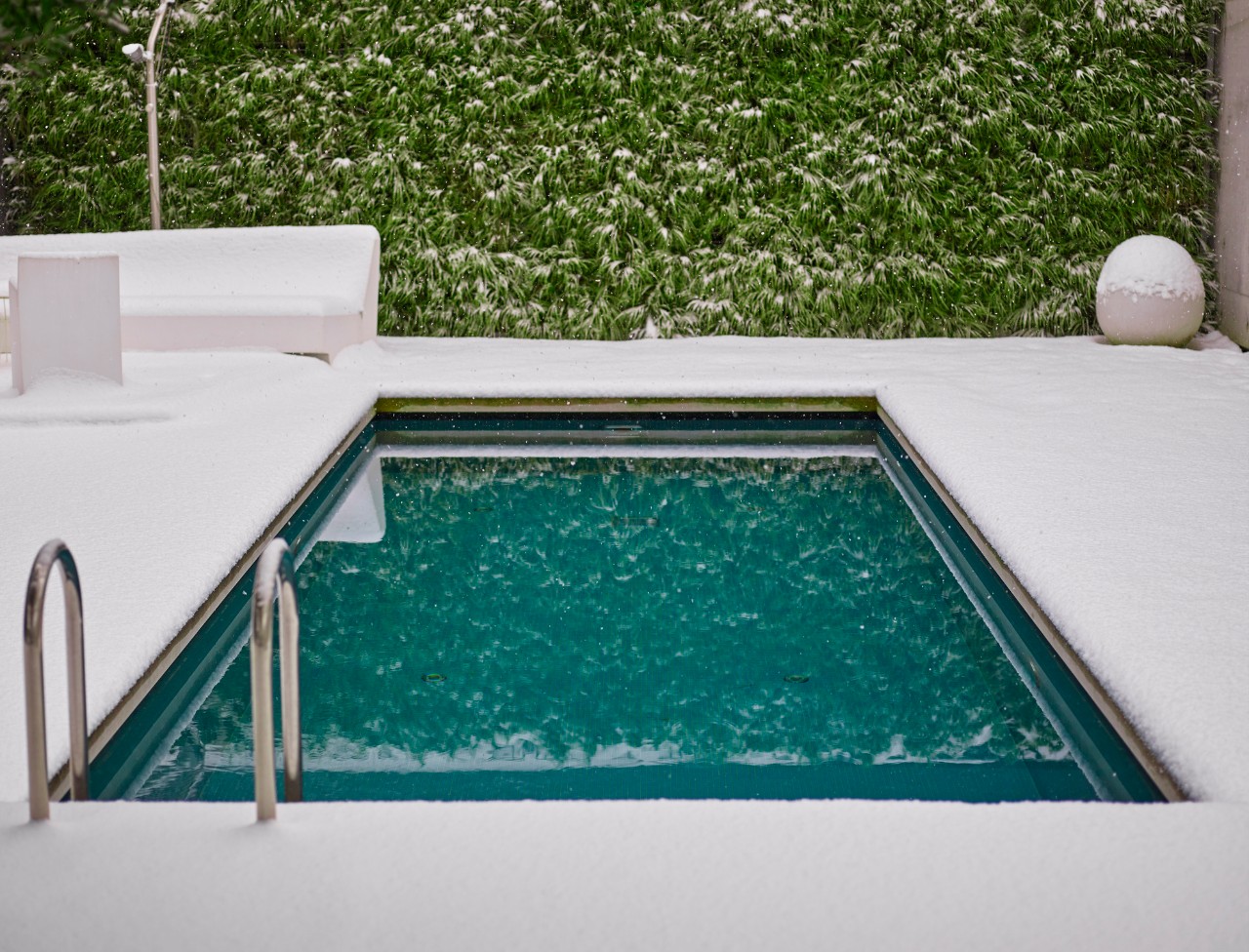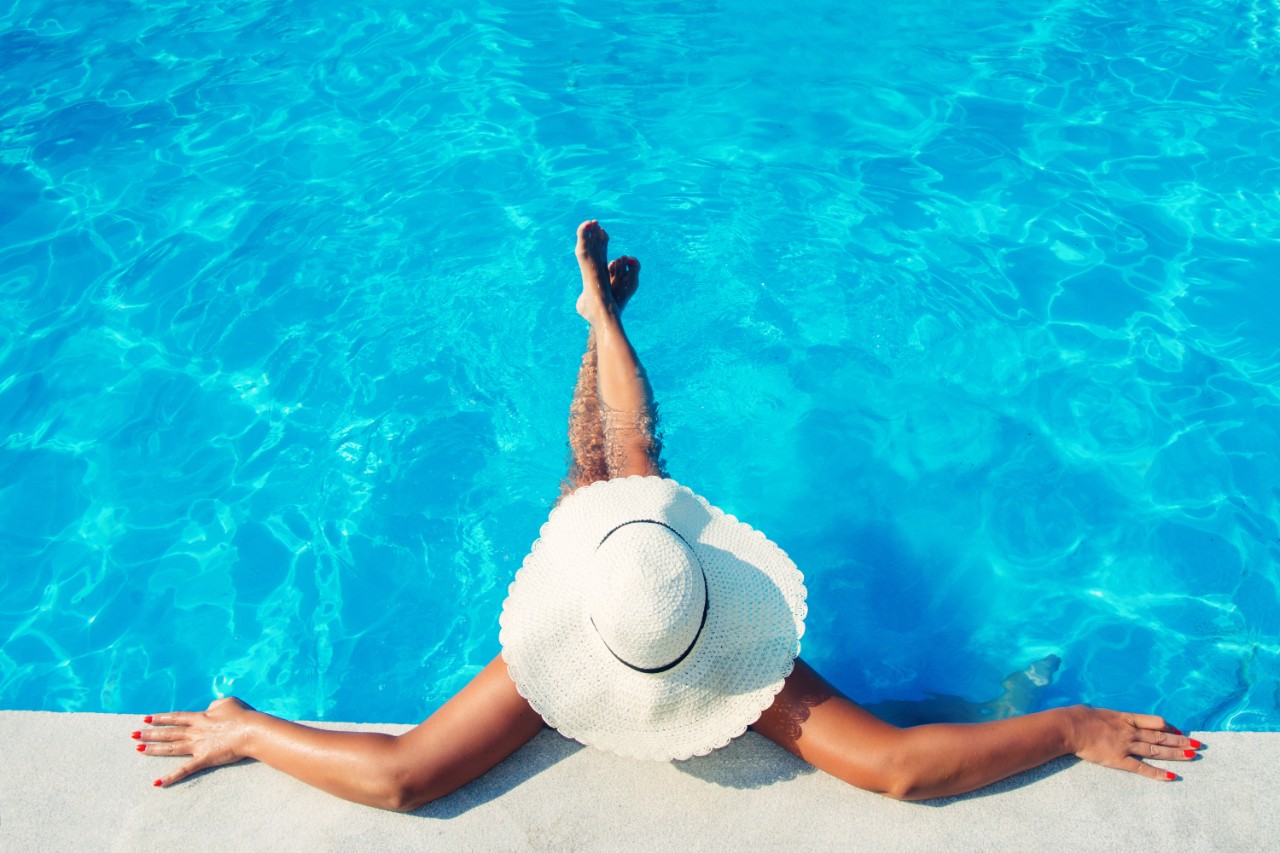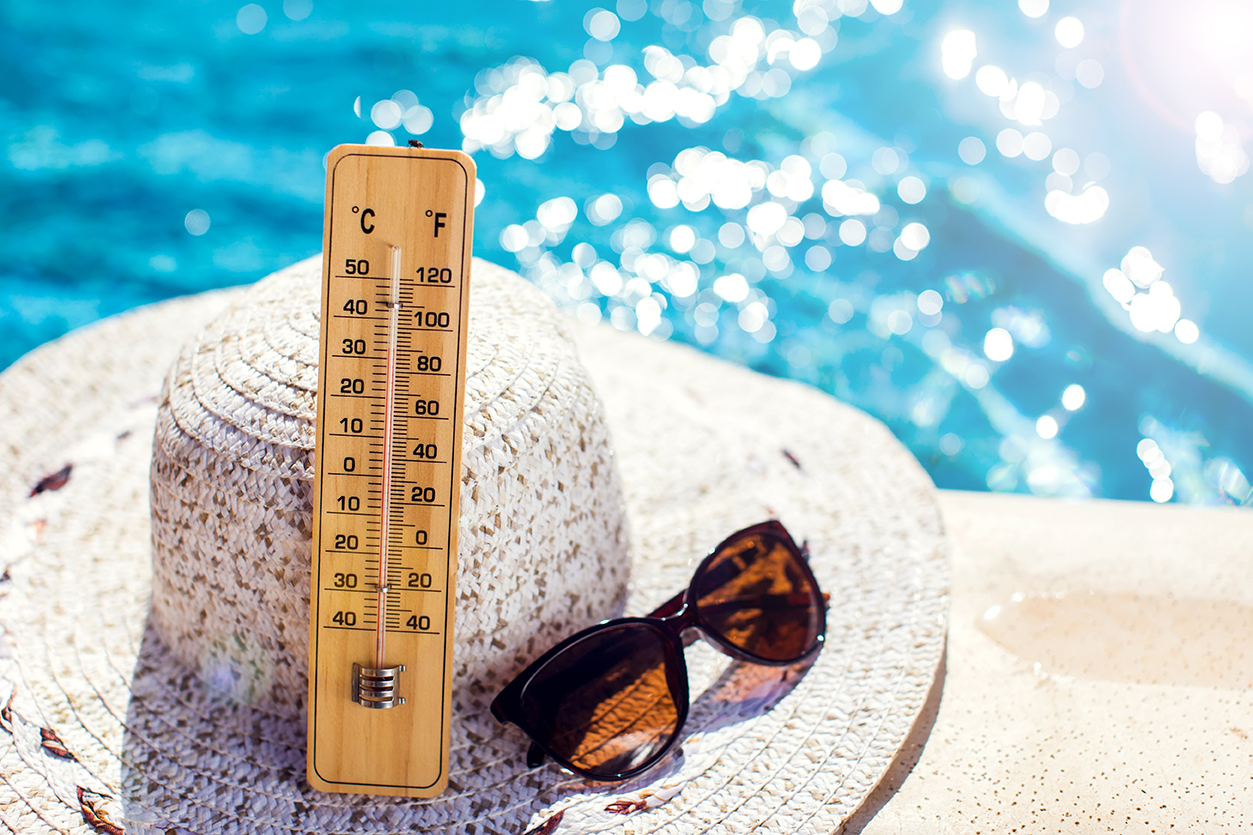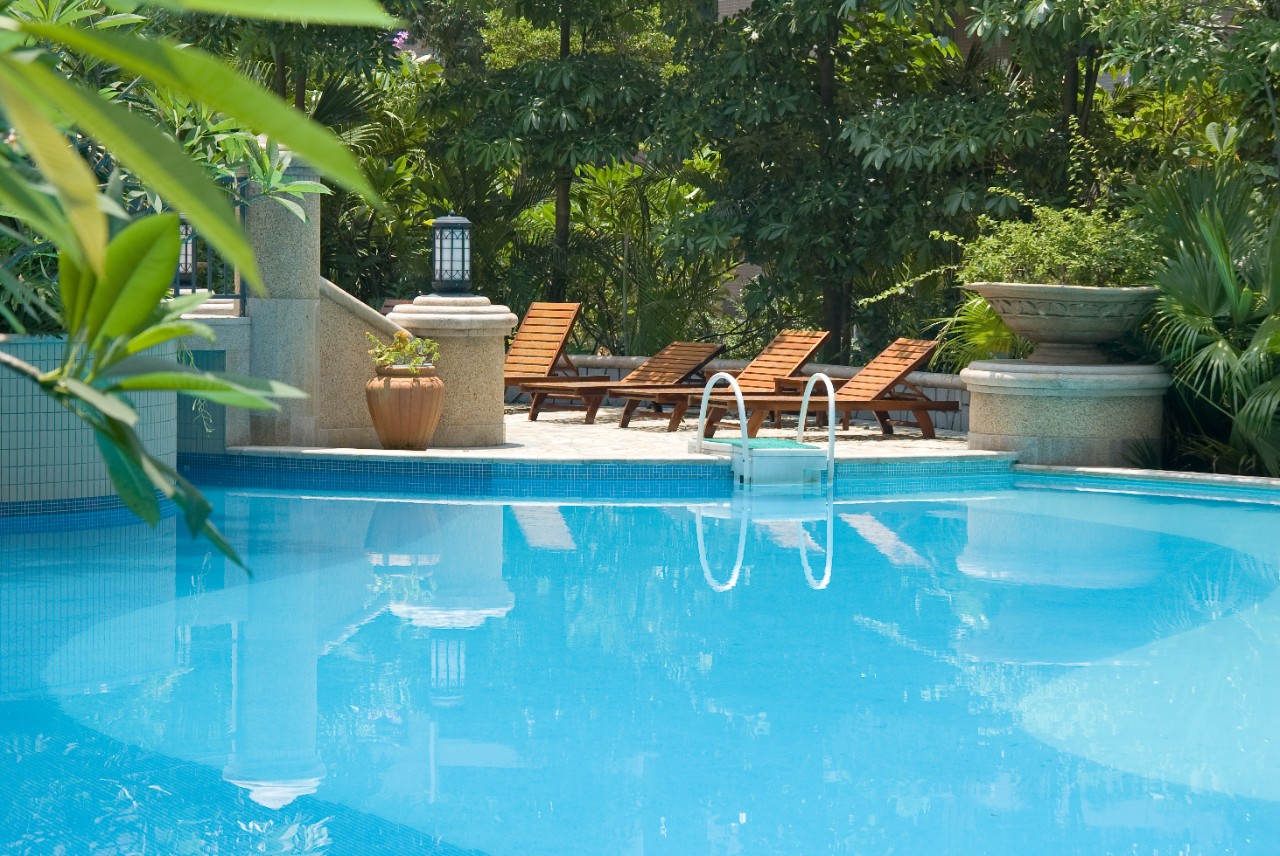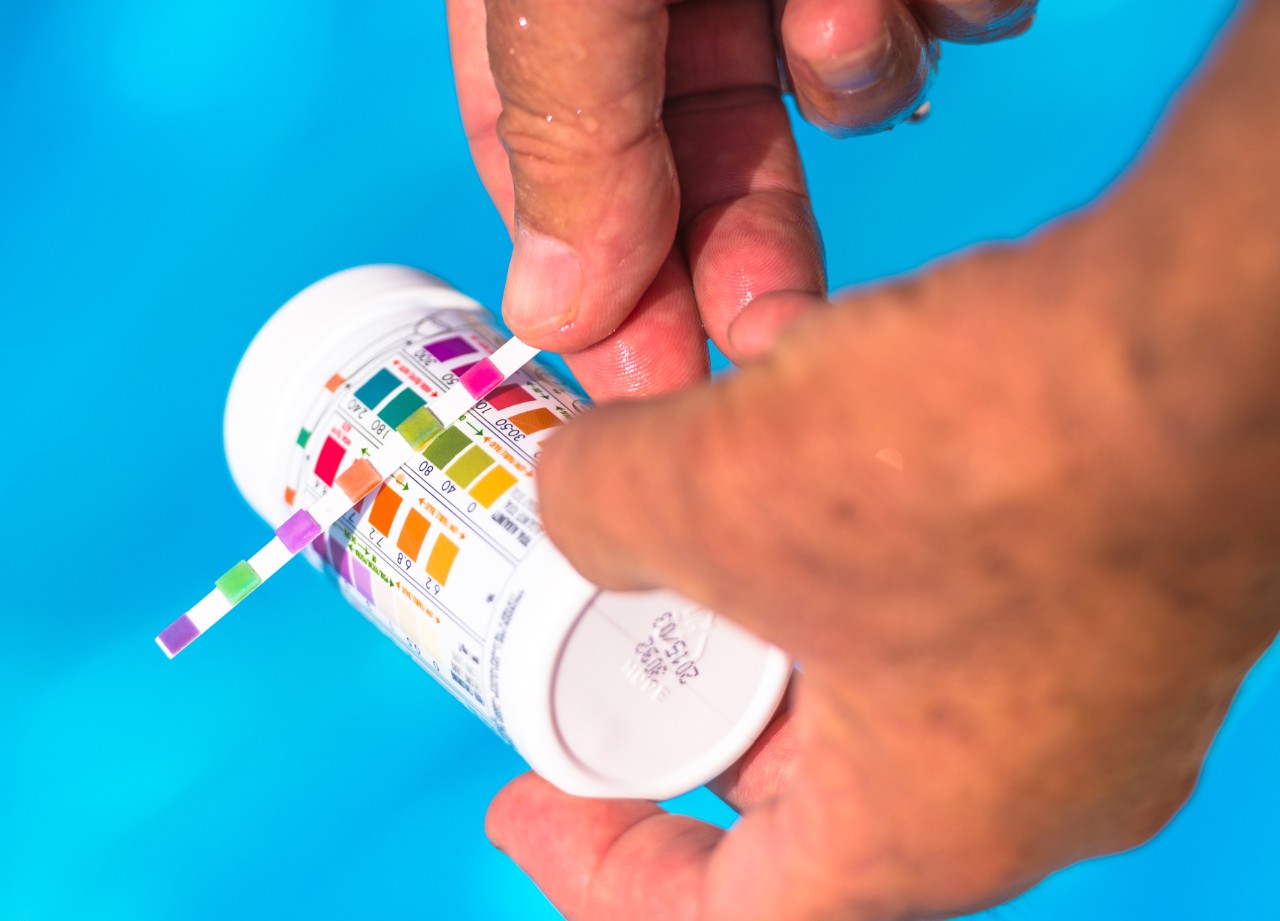Did you know there is no need to empty your swimming pool in winter? An appropriate maintenance (winterizing) during the winter season is sufficient. Read on to find out how to keep your pool in optimal condition during the colder months of the year.
What is winterizing a swimming pool?
Winterizing a swimming pool is the process of preparing the swimming pool for the cold months of the year after the bathing season, so when the weather gets warm again it is perfectly ready for use.
It should be carried out when the water temperature drops below 16 ºC. In addition, executing the procedure properly does not only save time and effort, but also a lot of money in maintenance costs.
Benefits of maintenance during the winter
● Money saving and environmental sustainability, as there is no need to empty the swimming pool and fill it up again.
● It protects the swimming pool materials.
● It saves time and resources by making it easier to get started in the summer season.
● It avoids water from rotting, which involves savings in this essential resource.
Types of winterizing
There are two main types of winterizing for swimming pools:
1. Active winterizing:
Also known as partial winterization. In this approach, the swimming pool is still used during the winter season, although at a lesser rate. The pool's filtration system and pump are still kept running, but less often and less time a day. This method is more common in areas with mild winters, where temperatures do not frequently drop below the freezing point.
2. Passive winterizing:
Also known as classic winterization. In this approach, the swimming pool is closed completely during the winter season. The filtration system is turned off and the water is drained from the swimming pool to a safe level. Then, the swimming pool is covered with a resistant winter cover to prevent debris from accumulating and to protect it from low temperatures. This method is more suitable for areas with colder winters, and it can help prevent damage due to freezing in the swimming pool and its components.
Choosing between an active or passive winterizing approach depends on various factors, such as the local climate, the frequency of use of the swimming pool in winter and the owner's personal preferences. Each method has its pros and cons, and it is important to follow the pool manufacturer's recommendations and to ask a pool maintenance professional if you have any questions about which option to settle for.
How should you winterize your swimming pool?
First, you need to clean the pool by scrubbing the walls, running a cleaner and checking that leaves and other residue are removed from both the pump pre-filter and skimmer baskets.
Step 1: Regulate pH levels
It must be between 7.2 and 7.6. If it is above these levels, you can lower it using CTX-10 pH Minus, and if it is below, you can raise it using CTX-20 pH Plus. You can use testing strips CTX 7 in 1 to measure the pH levels.
Step 2: Shock chlorination
Third, carry out a shock chlorination treatment with CTX-200gr ClorShock, and run filtration for at least four hours to ensure homogenization.
Step 3: Clean the filter
Clean the filter with CTX-57 Netalfilter.
Step 4: Add winterizing product
The following day, add your preferred winterizing product for your type of swimming pool in the dosage specified in the product instructions. We recommend using CTX-551C WinterStar Power, which is copper-free and compatible with all types of swimming pools, including liner and polyester pools, or also the floating dispenser CTX-235 Sleepy, whose container functions as a dispenser and, as a result, can be used in swimming pools without skimmers. You can find out more about the CTX winterizing range and choose the product that best suits your needs here.
Step 5: Adjust water levels
If you do not want to use the filtration system during this season and you want to take the passive winterizing approach, we recommended lowering the water level below the skimmers and covering the swimming pool with a solar cover. If you prefer to use the filtration system and follow an active winterizing approach, we recommend maintaining the current water level and keeping the filtration system running for 30-60 minutes a day. This will help you enjoy crystal clear water all year round.
General winterizing tips
Avoid freezing. If there is a risk of freezing, place a floating object on the surface of the swimming pool to absorb the pressure of the ice. Winterizing the swimming pool is the best way to save time, money and effort until you use it again and to start the summer with no worries.



